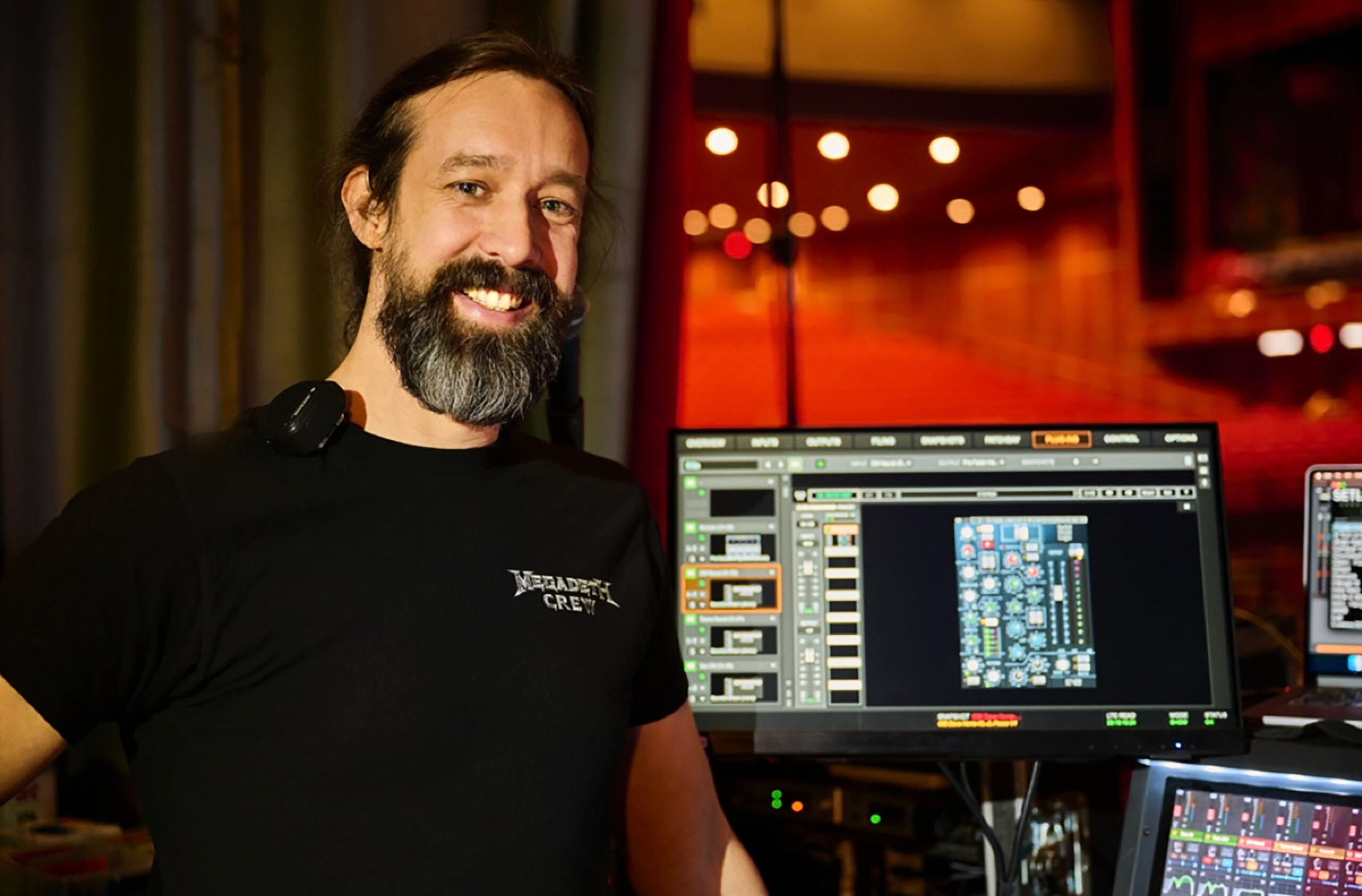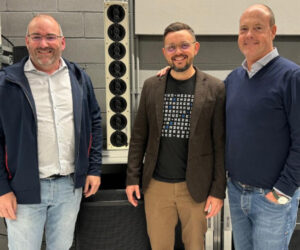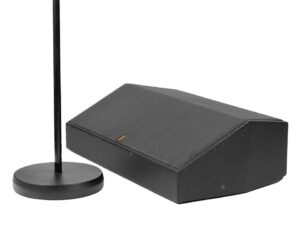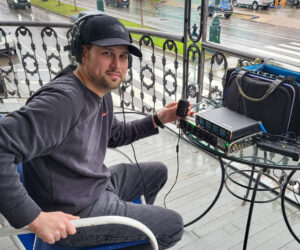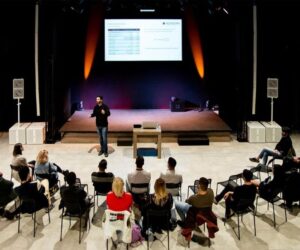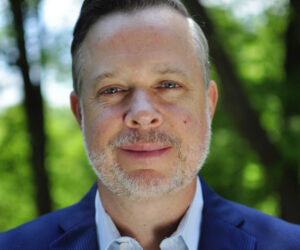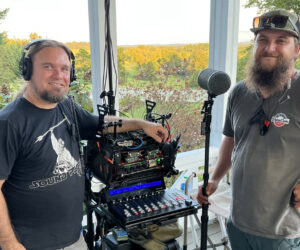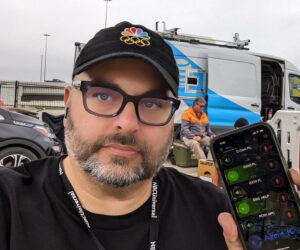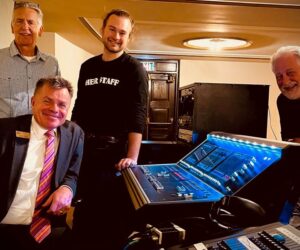Front-of-house engineer Stanley Soares and producer/monitor engineer Chris Rakestraw chose to mix Megadeth’s recent stadium tour with Waves plugins via a Waves SuperRack plugin host that was integrated with their DiGiCo Quantum 338 and Avid VENUE S6L consoles.
Soares’ includes a DiGiCo Quantum 338 in conjunction with Waves SuperRack, Waves’ Mercury, the Studio Classics Collection and Abbey Road Collection bundles, all driven by two Waves Extreme SoundGrid Servers. His setup involves three dedicated computers: the first hosts Waves SuperRack, the second manages recordings and virtual soundcheck through a DiGiGrid MGB interface, and the third handles Rational Acoustics Smaart and walk-in music duties.
“The Waves integration provides a clean and efficient workflow, allowing me to keep focus on the mix,” Soares says. “Several plugins are my go-to’s. I consider the F6 Floating-Band Dynamic EQ as the ‘The Swiss Army Knife’ of plugins. I’m a huge fan of dynamic EQs and the F6, with its real-time analyzer, is a perfect fit for many of my applications, not to mention that it’s zero latency. I apply it on my snare bus, for instance, to expand 4 to 5 kHz range at every hit, adding a crisp top-end bite to the snare tone without introducing excessive hi-hat bleed.
“I also use it on bass guitar to selectively subtract and expand certain frequencies. This approach makes it easier to keep the bass low end in check, by taming the areas with more energy in large resonant rooms, while expanding the high mids for a clearer tone. Another great use is to control the mic proximity effect on vocals, where I usually set one of the floating bands around 100 to 200 Hz on the F6, allowing it to dynamically adapt to the vocal performance without compromising the tonality.
“Another favorite is Trans-X, which works wonders for percussive instruments. It’s my go-to for achieving a punchy kick and snare drum in my mix,” he continues. “The SSL-E Channel and SSL G-Master Bus Compressor hold a special place for me: they bring me back to my studio times when I used to work on a SSL console. These plugins really capture the feel and characteristics of the console. I have the SSL-E Channel strip across guitars, drums and vocals channels/busses, along with the SSL G-Master on the master fader to tie everything together (settings 2:1 ratio, 30 attack, 0.1 release, and about 2 or 3 dB of gain reduction).”
Rakestraw, who also produced/engineered the last two Megadeth albums), states, “The greatest benefit of using Waves with my Avid console is not having to set up an extra computer and another screen to run SoundGrid, since the S6L allows you to control all of that.” His setup includes an Avid S6L with a two Waves Titan-R SoundGrid Servers, Waves SoundGrid Rack for VENUE and Waves Mercury, Studio Classics Collection and Abbey Road Collection bundles.
Like Soares, Rakestraw favors the F6 dynamic EQ: “F6 is number one on my plugin list. With Megadeth, we have hypercardioid Beta 58s on stage for vocals. The low-end proximity effect on hypercardioids can be really sensitive to the distance from the mic, which ends up being quite unpredictable. With the F6, I can set a couple different bands to handle the amount of low end coming through. I keep a pretty aggressive band for plosives, then a band for lows around 150 to 200 Hz, and a mud band around 300 to 500 Hz. [Megadeth singer] Dave Mustaine has what I would consider ‘many voices’ in his vocal range, so this helps navigate all of his different tones. I can’t really see mixing any vocalist without this plugin.
“I never keep the same setting, since I make slight adjustments every night, depending on what’s happening with Dave’s voice. Touring can be really hard on singers, as there are good nights and bad nights, and the F6 helps me navigate changes in vocal tone/quality.”
“I also use the CLA-2A Compressor/Limiter on Dave’s vocals.” he adds, “I have to be pretty sparing with compression, otherwise the compressor just pulls in garbage ambience from the venue, but I just like the way this compressor sounds. I’d be surprised if I ever pass 2 dB of reduction with this, but I notice when I remove it. And it is just two knobs, which means you can’t screw it up.
“I use the PSE (Primary Source Expander) plugin during every show on vocal mics, not to combat feedback, but rather to control venue ambience on the vocal mics. Most of the band’s mixes have the vocals louder than everything else, which means there’s a ton of super loud trash ambience coming through unless the PSE is in place. So on any given show, I’m using the PSE on a static setting for [bassist] James LoMenzo and [guitarist] Teemu Mantysaari’s backing vocals.
“On Dave Mustaine, I’m usually manually riding the PSE to keep his ambience policed without stepping on his vocal,” he concludes. “Basically, once Dave’s head is in front of the mic, I can turn the PSE off and just let him sing, without a ‘gate’ interfering with his dynamics. Then with the slow release time on the PSE, I can engage the PSE at the last phrase or note, and the ‘gate action’ closes in real time to minimize hearing the ‘door slam shut,’ which can be distracting. The great thing about this, is that if I am troubleshooting or putting out a fire somewhere else, he can still sing through the threshold until I can get my hands back on the console.”


